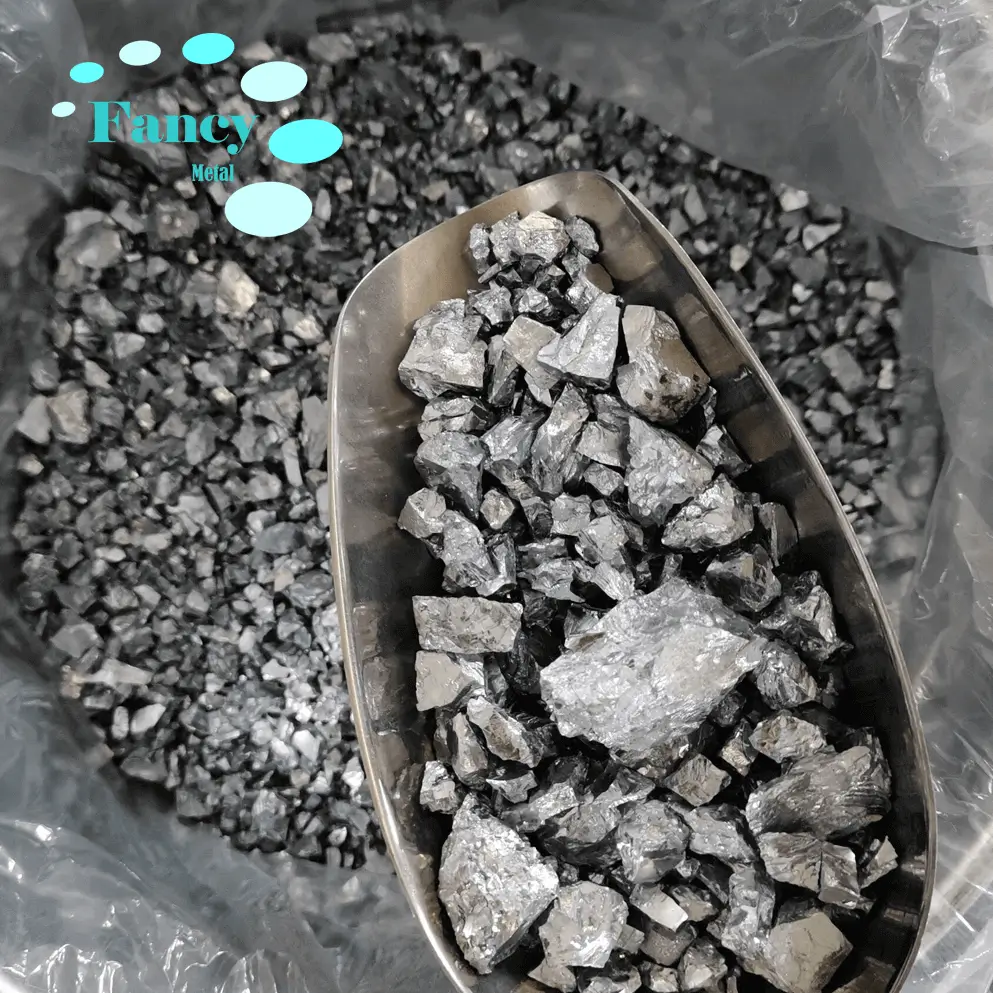Fancymetal offers high purity (customizable) metal products, as well as oxides, product shapes, foils, plates, wires, tubes, rods, powders and a variety of custom shapes.
We also have other cobalt products:
Chrome tube
Cobalt Alloy
Chrome rods
Chrome target
Chromium granule
Chromium, a steel-gray metal, is the hardest metal in nature. The content of chromium in the earth's crust is 0.01%, ranking 17th. Free natural chromium is extremely rare and mainly exists in chromite. Relative density 7.15g/cm³, melting point 1907℃, boiling point 2679℃. Resistivity 12.7x10⁻⁸Ω·m (20℃).
Chromium is a hard metal with a bluish-gray color and a very dazzling luster.
Chromium compounds are toxic. Chromium on Earth exists in the form of chromite. Chromium is mainly used in stainless steel, electroplating, and metal ceramics.
Trace chromium is an essential element for life. The poisoning amount of chromium is 200mg, and the lethal dose is more than 3g. High-valent chromium is carcinogenic.
Physical properties:
Pure chromium is ductile, while chromium containing impurities is hard and brittle. Relative density 7.15g/cm³, melting point 1907℃, boiling point 2679℃. Resistivity 12.7x10⁻⁸Ω·m (20℃).
Chromium has high corrosion resistance and oxidizes slowly in the air, even in a red-hot state. It is insoluble in water. Plating on metal can play a protective role.
Industrial preparation:
The primary mineral used to produce chromium is chromite [Fe(CrO₂)₂]. The mineral is oxidized with air in molten alkali to produce sodium chromate (Na₂CrO₄) containing +6 valence.
Sodium chromate can be extracted with water, precipitated, and reduced with graphite to obtain chromium oxide (III) (Cr₂O₃). Further reduction of this oxide with aluminum or silicon can produce metallic chromium.
Applications:
✔High carbon chromium stainless steel rods Chromium is used to make stainless steel, auto parts, tools, magnetic tapes and videotapes, etc. Chromium plating on metal can prevent rust, also called kodomi, which is strong and beautiful.
✔Chromium can be used to make stainless steel. The colors of red and emerald also come from chromium.
✔Due to the brittleness of chromium alloys, the use of chromium as a metal material is still under research. Chromium is mainly used in the form of ferroalloys (such as ferrochrome) to produce stainless steel and various alloy steels.
✔Metallic chromium is used as an additive for aluminum alloys, cobalt alloys, titanium alloys, high-temperature alloys, resistance heating alloys, etc.
✔Chromium oxide is used as a light-resistant and heat-resistant coating, as well as an abrasive, a colorant for glass and ceramics, and a catalyst for chemical synthesis.
✔In addition, chromium ore is also used in large quantities to make refractory materials.
✔In aviation and other industries, it can be used for anodized aluminum.
Advantages:
✔ Strict quality control of raw materials, process control and pre-delivery processes.
✔ Strong technical capability makes it a reliable long-term supplier.
✔ Technical support: 24 hours technical support by email or phone.
History:
In 1766, German Lehmann, a professor of chemistry in St. Petersburg, Russia, analyzed chromium and determined that it contained lead.
In 1797, Walker discovered chromium oxide.
In 1798, Walker named the gray needle-shaped metal he found chromium, which comes from the Greek word chroma (color). From this, the Latin name chromium and the element symbol Cr of chromium were obtained. At about the same time, Klaproth also independently discovered chromium from chromite.

